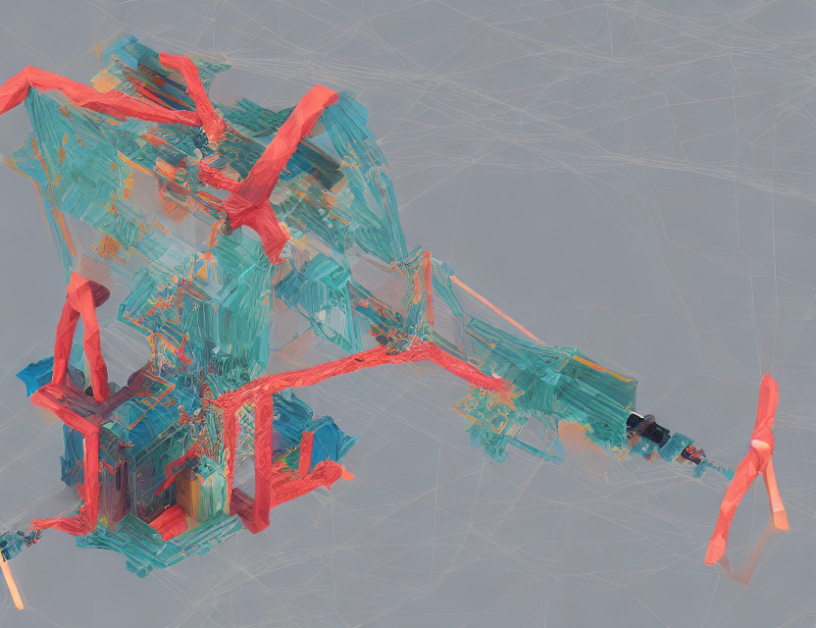Power optimization is a crucial task in managing power systems efficiently. This survey article provides an overview of various techniques and approaches used to optimize power systems, including traditional methods and emerging machine learning-based approaches.
Traditional Methods
Traditional methods for power system optimization include linear programming (LP), quadratic programming (QP), and mixed-integer programming (MIP). These methods are widely used for solving economic dispatch problems, security-constrained optimal power flow (SCOPF), and other optimization problems in power systems.
Machine Learning-Based Approaches
Recently, machine learning-based approaches have been proposed to optimize power systems. These techniques aim to directly estimate the optimal solution given a distribution of input parameters. Some popular machine learning algorithms used for power system optimization include neural networks, support vector machines (SVMs), and genetic algorithms (GAs).
Deep Learning Techniques
Deep learning techniques have been increasingly applied to power system optimization problems. These techniques can learn complex patterns in large datasets and provide accurate predictions. Deep neural networks (DNNs) and convolutional neural networks (CNNs) are some of the popular deep learning approaches used for power system optimization.
Advantages and Challenges
The advantages of using machine learning-based approaches include their ability to handle complex nonlinear problems, scalability, and accuracy. However, there are challenges associated with these techniques, such as the need for large amounts of data, computational complexity, and overfitting.
Future Research Directions
Future research in power system optimization is likely to focus on developing new machine learning algorithms that can handle complex nonlinear problems and large-scale datasets. There is also a growing interest in using hybrid approaches that combine traditional optimization techniques with machine learning methods.
Conclusion
In conclusion, optimization for power systems is a crucial task that involves solving various optimization problems to ensure efficient and reliable operation of the system. Traditional methods have been widely used for solving these problems, but recent advances in machine learning-based approaches have shown promising results. These techniques can handle complex nonlinear problems and large-scale datasets, making them an attractive option for power system optimization. However, there are challenges associated with these techniques, such as computational complexity and overfitting, which need to be addressed through further research.



